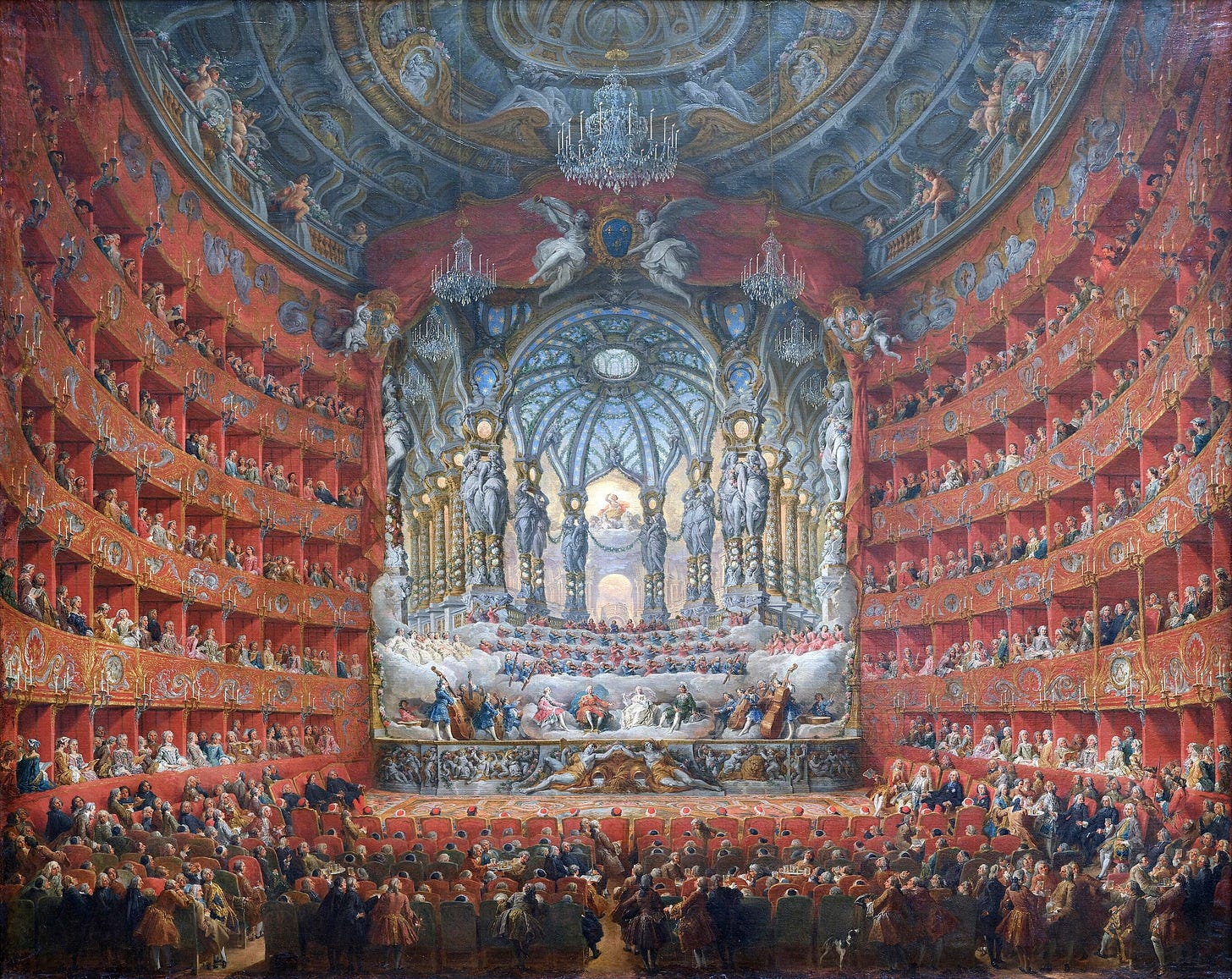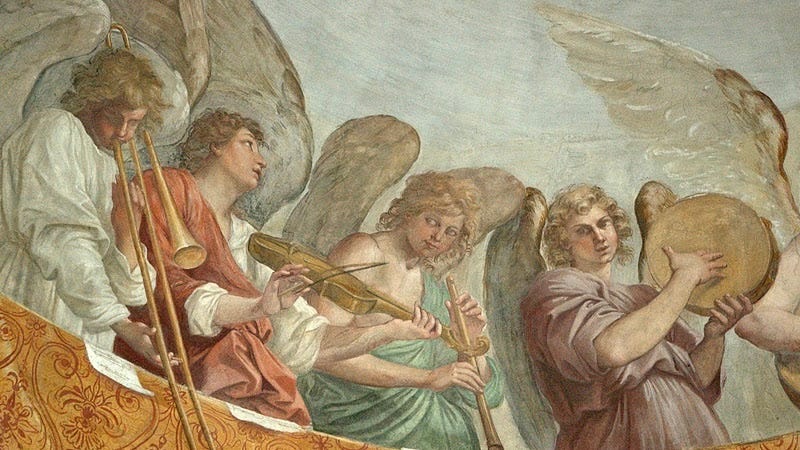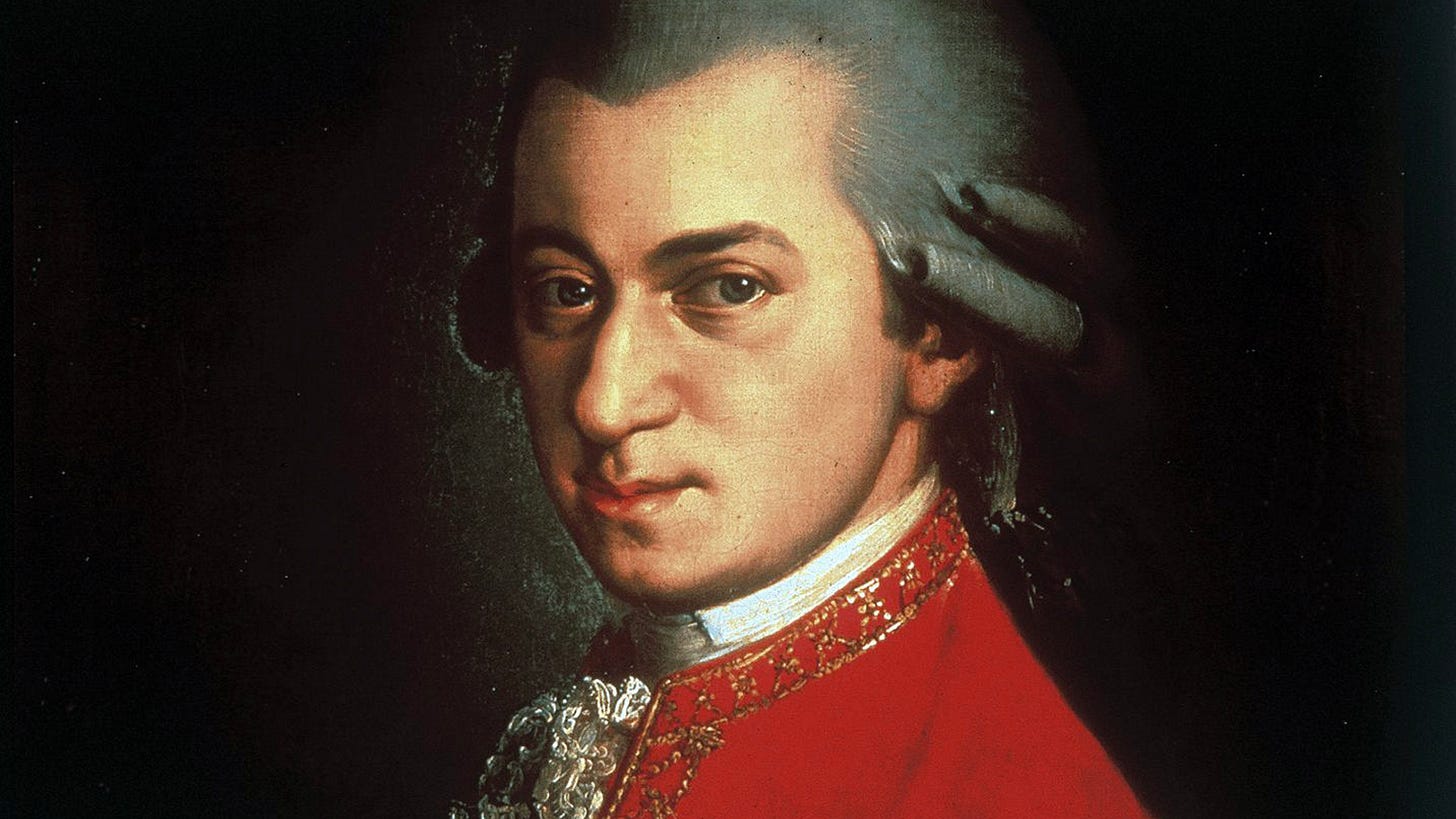Where to Start With Classical Music
The Ultimate Beginner’s Guide
Classical music has an intimidating reputation. It’s a genre filled with unfamiliar names, technical terms, and centuries of tradition — for many, it feels like a world reserved solely for trained ears and lifelong enthusiasts.
But it doesn’t have to be that way.
Today, we offer the ultimate guide for all who are interested in classical music but don’t know where to start. In it, we outline the three major eras of Western art music, highlighting what defines each period and why they matter. At the end of each section, a curated playlist will provide you with essential works to begin listening to.
Our goal is simple — to make classical music more accessible, so you can experience for yourself how it enriches the way you listen, think, and feel. So without further ado, let’s dive in…
Reminder: this is a teaser of our members-only deep dives.
To support our mission and get our premium content every weekend, upgrade to a paid subscription for a few dollars per month. You’ll get:
Full-length, deep-dive articles every Saturday
Members-only podcasts and exclusive interviews
The entire archive of great literature, art, and philosophy breakdowns
What Is Classical Music?
When someone says “classical music,” we typically think of fancy sounding music from 17th-19th century Europe. Images of Bach, Beethoven, and Mozart most likely come to mind. However, the term “classical music” is in itself a bit deceiving, because it doesn’t always mean what we think it does.
What we usually refer to when we say “classical music” is actually something more accurately termed “western art music.” It’s a somewhat pretentious-sounding technical term used to cover all of the following periods of music:
The Medieval & Renaissance Eras
The Baroque Era
The Classical Era
The Romantic Era
The Modern and Contemporary Eras
For this beginner’s guide, we’re only going to cover the middle three time periods listed above, as the Baroque, Classical, and Romantic periods compose the vast majority of what people mean by the term “classical music.”
Whether you decide to use the term “western art music” in public or not is up to you…
The Baroque Era
The Baroque period (1600-1750) came off the heels of the Renaissance and helped bring music into its own. Instruments like the violin and fortepiano (a predecessor to our pianos today) became standardized, musical form and style evolved, and opera grew in prestige and popularity.
Additionally, the modal forms of the Renaissance gave way to tonal forms in the Baroque era. This made it easier to form chords and harmonies within a specific musical key, which meant composers could now write music in a more logical and straightforward way.
The Baroque period is defined by its technically demanding compositions, and specifically the use of counterpoint, which is when two or more melodies are played simultaneously in an intertwining fashion. Here’s an example of what that looks like:
Counterpoint, in addition to techniques like basso continuo — a continuous bass line and the “rhythm section” of baroque music — defined the mathematical feel of the era’s music. Famous composers from this period include Johann Sebastian Bach, George Frideric Handel, and Antonio Vivaldi.
Examples of Baroque Music
1. Handel - Hallelujah Chorus:
Listen for the use of counterpoint in this composition — it’s everywhere, especially in the first 30 seconds.
The first seven seconds of the piece feature counterpoint between two different string melodies. Once the vocals come in, the higher pitched strings can be heard trying to get noticed in between the vocal sections. This is a great example of a stereotypical Baroque composition.
2. Vivaldi - The Four Seasons, Spring In E Major, RV. 269: I. Allegro:
Do you hear the bass line chugging away in the intro? That’s a great example of basso continuo. The piece takes a turn around 1:40, and demonstrates just how intense some Baroque music could get. It all makes the return to form at 2:06 so much more beautiful.
You might also notice there’s no conductor here, which makes the performance more authentic since baroque orchestras at the time didn’t have conductors. Instead, the first violinist would be the one to guide his fellow performers.
3. Bach - Cello Suite No. 1 in G Major, BWV 1007: I. Prélude:
This performance of Bach’s first cello suite is stripped down because it’s just one instrument, but it’s still quintessentially baroque. It proves that while Baroque music covers the upbeat and intense, it also explores the dark and brooding.
For recommendations of what to listen to next, check out the links below:
Handel, Solomon HMV 67 / Act 3: The Arrival of the Queen of Sheba
Bach, The Well-Tempered Clavier, Book 1, BWV 846-869: 1. Prelude in C Major, BWV 846
Vivaldi, Concerto for Lute, 2 Violins and Continuo in D Major, RV 93: 2. Largo
More Resources:
Here are some videos to enhance your understanding of Baroque music and the Baroque era in general:
The Classical Era
The Classical period (roughly 1750–1820) was a time of refinement and innovation in Western music. Traditional practices were codified, and new compositional forms were developed — and this changed everything…
Keep reading with a 7-day free trial
Subscribe to The Culturist to keep reading this post and get 7 days of free access to the full post archives.






